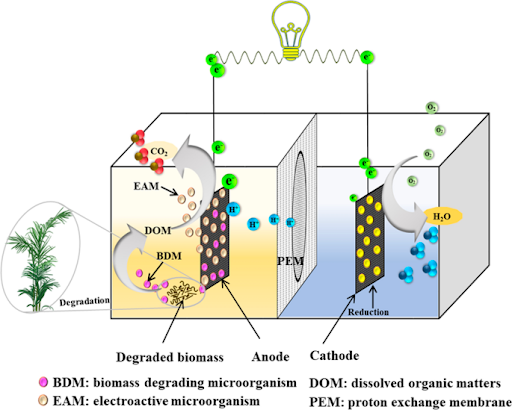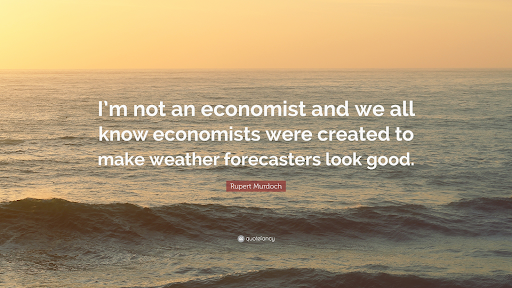The Four Seasons: Spring, Summer, Fall and More Fall
March 12, 2023
With the brunt of the pandemic in the past, 2022’s Christmas should have been the first winter since COVID-19 to have been completely normal. Shops were open once again for people to seek out the perfect present, people tried their best luck at ice skating, and Christmas could finally be spent as a whole family. The only part left was to hope for a white Christmas.
Yet Christmas came and left without any sight of snow, and it started to look like January would be the month for snowfall. Disappointingly however, January brought alarmingly high temperatures that had never been seen before. On average, Northeast America experienced temperatures that were 8 – 11 degrees above what would be deemed as normal. These temperatures are normally seen during the spring, not at all during the middle of winter [1]. Worst of all, there was still barely any snow to be seen.
Now, a few months into the new year, the weather seems to have become even more unpredictable, and worst of all, there are only a few predictions of snow made.
Whether you personally love snow or view it as the ultimate nuisance, these weather reports should raise some major concerns in your mind. An average winter season should bring a few inches of snow by the start of December, and nearing the beginning of February there should be several days of heavy and continuous snowfall. [2]. To not have seen any snow this season must mean that something big has shifted in our environment.
So what happened?
Well, the easy answer is global warming. The reality is a bit more complicated.
When the Pacific Ocean is working at average conditions, trade winds will travel along the equator, and through a process called upwelling, these winds will cause warm waters to travel from South America towards Asia. Cold water will then rise to the surface in order to make up for a loss of the warm water. However, both La Nina and El Niño, recurring climate patterns, more scientifically known as the El Niño-Southern Oscillation (ENSO) cycle, sometimes impact and change the normal upwelling process irregularly [3].
The warm weather in the Northeast, this year, can be specifically attributed to La Nina[2]. La Nina brings stronger than normal trade winds which causes excessive amounts of warm water moving towards Asia. The resulting cold water that ends up at the coasts of North America causes the jet stream to go northward. For the US, this means the South will be seeing drier and warmer temperatures, while the Northeast will be getting a warmer and wetter climate [3].
On the contrary, the El Niño climate pattern has an opposing effect than its partner. El Niño causes the normal trade winds to lessen, and instead of the warmer water reaching Asia, it will reach the west coast of North America. Consequently, the warmer waters will cause the normal jet stream, strong winds in the atmosphere [4], to shift further east. These winds will then cause the South of America to become more wet and prone to storms, while the Northeast becomes drier and warmer [3].
Both of these climate patterns are completely normal and cannot be prevented. So, at face value, ENSO would not be something of concern. But here’s where things really start to convolute.
We do know that the temperatures of the ENSO cycle have generally been getting warmer since the 1950’s. We also know that the El Niño pattern has been recurring more often. We just don’t know why [5].
The issue with trying to figure out the why is that ENSO cycles have always been incredibly unpredictable. Each cycle has its own temperatures and its own amplitudes. No two El Niño’s or La Nina’s are alike in any way. With the normal conditions being so varied from one cycle to the next, scientists have no way of knowing what is abnormal. Hence, the “changes” that have been observed in the ENSO cycles in recent years could really be an actual change, or it could just be nature being nature [5]. And while there is new research coming out everyday, the findings are inconclusive and seem to oscillate between whether global warming impacts ENSO or not [6].
On the flip side however, ENSO cycles definitely do affect global warming, and this time we actually know why. As the temperatures of the ocean rise during these weather patterns, the excess heat energy generated is released into the atmosphere. From there, temperatures around the world rise collectively. For example, during the El Niño of 2016, the cycle caused global temperatures to rise by 0.07˚C, which was 10% of the total increase in global temperature that year and one of the highest temperature increases caused by El Niño[7].
For the future, ENSO will undeniably continue to play a huge factor in the environment. It’s just that scientists don’t know how (sounds familiar, doesn’t it). For the most part, it is agreed that the cycles will definitely become stronger [5]. However, while some scientists believe that the frequency of these events will double in the near future, other scientists believe that it will stay the same [7], along with several other proposed theories. This huge split in opinion is caused by climate models, a way to try and predict how ENSO might be affected and therefore impact the world. The cycles are perplexing because there are several factors involved. So changing any of these factors on a model, even slightly, will yield dramatically different results. Essentially, with our current technology, there is no way to conclusively predict the future of ENSO [5].
Either way, even without the current state of these weather patterns, human contributions to rising temperatures is something that is actually in our power to control. So until people start to become conscious of their daily actions, and start changing their harmful habits, we may have several snowless winters lined up in front of us.
Sources:
[1] https://www.washingtonpost.com/weather/2023/02/01/northeast-record-warm-january-2023/
[2] https://www.nytimes.com/2023/01/29/nyregion/snow-nyc.html
[3] https://oceanservice.noaa.gov/facts/ninonina.html





